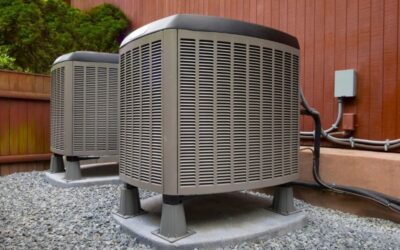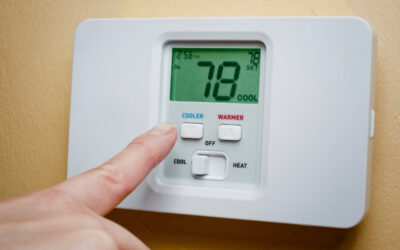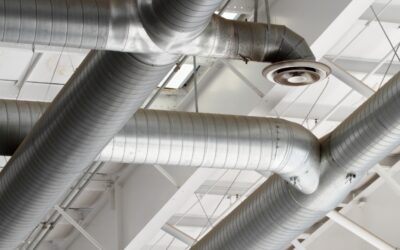You may already know that it is important to seal up any cracks around your home in order to improve the efficiency of your HVAC system. However, a tightly-sealed home can present a problem when ventilation is not prioritized. Fortunately, it is possible to maintain proper ventilation in a home that has been insulated for improved efficiency and lower energy costs.
The Importance of Whole Home Ventilation
The first step to whole home ventilation is understanding its importance. Appliances in your home may emit harmful gases during use. This is especially true for combustible appliances that emit carbon monoxide as a byproduct of burning. These gases have the potential to make you and your family ill, so it is essential for you to use ventilation as a method of removing these harmful pollutants from the air.
Gases are not the only harmful substances that could be present in your home as a result of poor ventilation. Moisture in the air can lead to mold growth, and the dust that circulates around your home has no way out when ventilation is not used.
How To Freshen Inside Air
Now that you understand the importance of keeping your home ventilated, you are probably wondering how to achieve this goal. There are several methods of ventilation that you can use to keep the air in your home fresher.
- Natural ventilation means that you do not actively use a ventilation system to create an exchange of indoor and outdoor air. People who opt for this method will allow air to travel through cracks, windows or doors in order to keep their indoor air fresher. While this may seem like a cost-effective option, the efficiency of your home suffers when cracks are not sealed. Controlled ventilation tends to be a better option when ongoing energy costs are a concern.
- Spot ventilation means that you use a ventilator in certain areas of your home. Most homes have a ventilator above the stove to remove pollutants that are released into the air during cooking activities. Bathroom ventilators are commonly used to remove moisture from the air in order to prevent mold growth.
- Whole home ventilation uses fans that are installed into your duct system in order to achieve ventilation throughout your entire home. Exhaust components may be used to facilitate the exchange of air in these systems.
Energy Recovery Ventilator vs Heat Recovery Ventilator
Another decision you will have to make relates to deciding between a energy recovery ventilator vs heat recovery ventilator. Determining which type is best for your needs depends on the climate in your area.
Energy recovery ventilators utilize the moisture from outdoor air to make indoor air that tends to get stale and dry more moist. Incoming air is exchanged with indoor air a set number of times each hour. This setting depends on the size of your home. These ventilators are ideal in warm, humid climates, so people living in Georgia can benefit from using this type of ventilator.
Heat recovery ventilators utilize energy from conditioned indoor air to temper the air that is flowing into a home. The design of these ventilators makes them ideal for use in ducts in an HVAC system that serves an entire home.
Getting Help With Home Ventilation in Auburn, GA
This guide gives you an idea of how to freshen inside air, but the selection and installation of a ventilator is a task that is made easier with professional help. Indoor Solutions Inc. has been providing indoor air quality services to people in Auburn and the surrounding areas for over a decade. Knowledgeable technicians are able to help homeowners choose a ventilator that will best meet their needs for improved air quality and a healthier home. Contact Indoor Solutions Inc. to schedule an appointment today.




